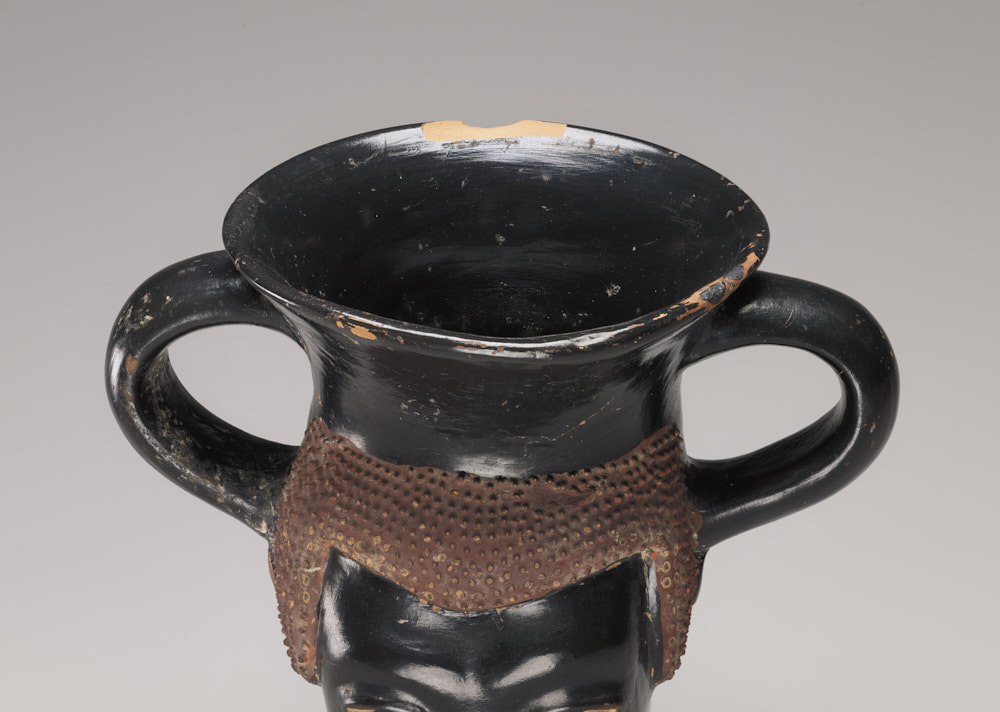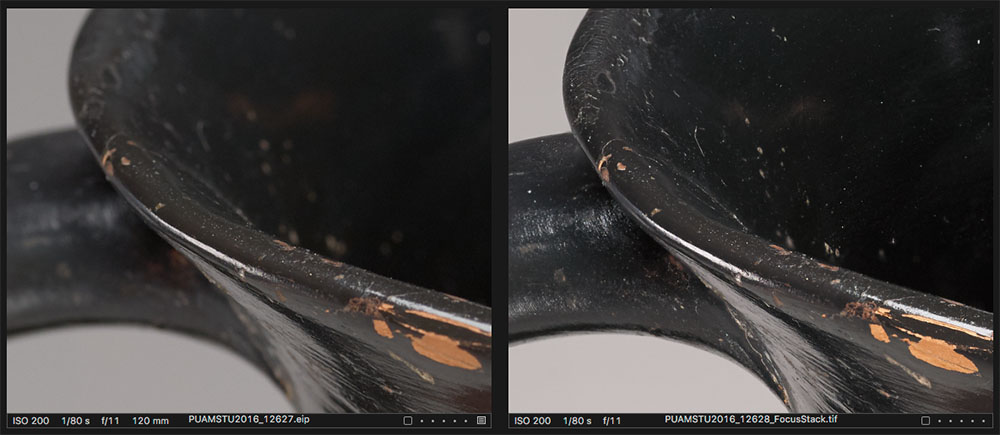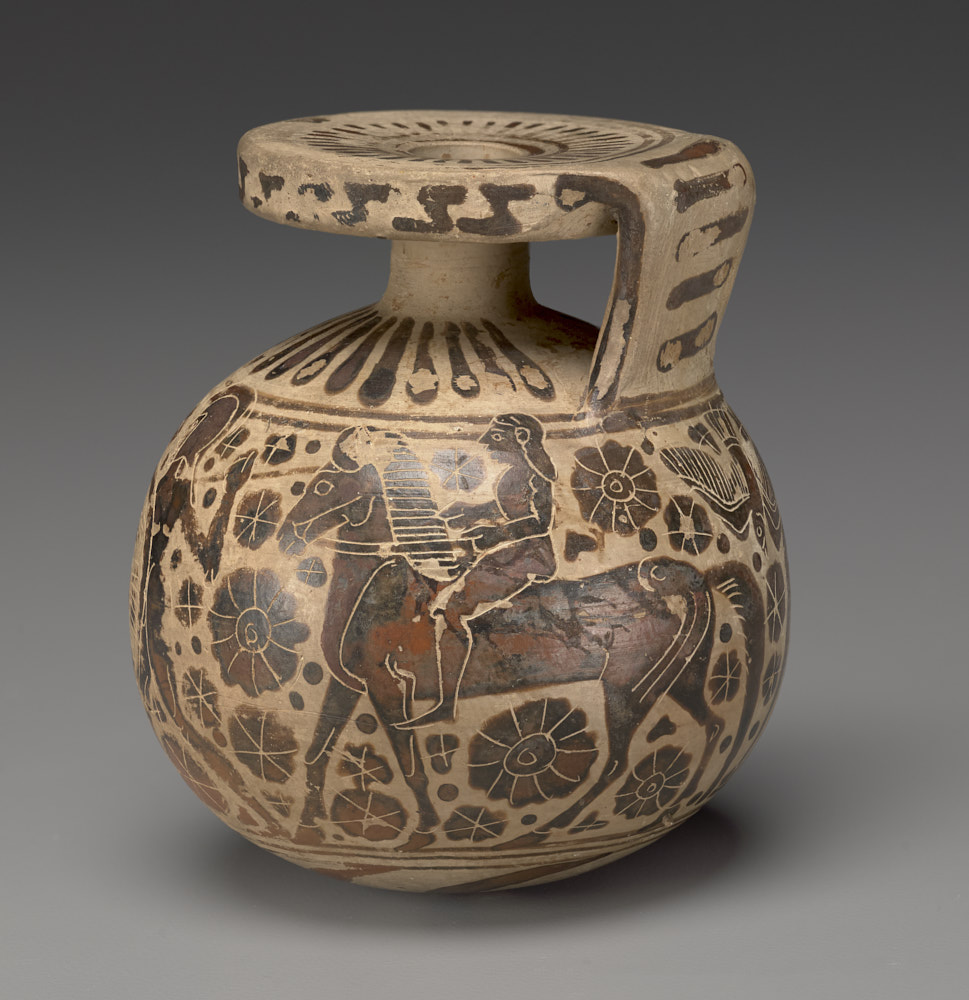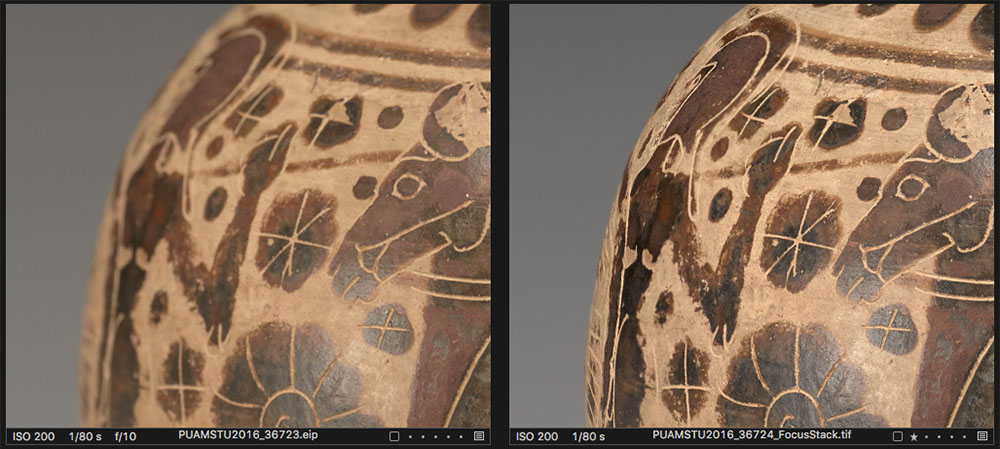Editor’s Note: Jeff Evans is the Photographer and Manager of Visual Resources at Princeton University Art Museum. While attending our Cultural Heritage Round Table in NYC in fall of 2016 he mentioned a use case for focus stacking that we hadn’t previously considered. We asked him to write up a brief description and he was kind enough to oblige. If you (dear reader) have anything to contribute to the Cultural Heritage Imaging Community, whether it’s an involved imaging technique or a simple magnet you’ve found helpful in object staging, we are glad to host it on our blog.
More information about Focus Stacking (which is now a built-in feature of the Phase One XF) can be found in our Focus Stacking Webinar.
[su_divider top=”no” size=”1″ margin=”10″]
At Princeton University Art Museum we use focus stacking for two separate reasons.
- To increase depth of field to sharply render the relevant part(s) of the object.
- To allows us to maintain the same lighting and position more often.
Note that reason 1 is not “To increase depth of field to sharply render the entire object.”. Focus stacking is never fast and easy. Even if we were using the Phase One XF, which has an assistive tool for automatic focus stacking, it would take more time to focus stack the entire object, rather than just the relevant parts. This would reduce the number of objects we could capture per day. Since we’re using a slightly older Phase One system which requires manually turning the lens for focus stacking the impact on our productivity is even stronger. Moreover it is our opinion that the entire object does not need always to be in sharp focus if the object is being captured for a researcher who is interested in a specific feature or attribute of the object we aim to provide a high resolution accurate capture that helps the researcher examine that feature or attribute.
Focus stacking for a specific area of the object, rather than the entire object, also means we less often face the obstacles of focus stacking, like halos around obfuscated subject matter or artifacts around overlapping elements.
Below are two examples of our focus stacking philosophy in practice.
Greek Cup
A scholar was very interested in the surface of the rim of this greek cup as well as illustrating the cup. Six images were taken back to front. The bottom two thirds of the vase were not critical, which would have required several more captures to include in the focus stack.

Janiform kantharos with addorsed heads of a male African and a female Greek, ca. 480–470 B.C. Ceramic h. 14.9 cm., w. 13.8 cm., d. 11.2 cm., diam. rim 9.2 cm. (5 7/8 x 5 7/16 x 4 7/16 x 3 5/8 in.) Bequest of Junius S. Morgan, Class of 1888 y1933-45

A comparison of a single frame (left) to the final focus stack (right). The rim is sharp from front to back, even though lower parts of the vase (not shown) go slightly soft.
Corinthian Ceramic
Here the surface decoration was the concern. I knew only a few views would be delivered, so I wanted as much of the decoration readable as possible. Also important here were the aesthetic and lighting choices being made. It was not critical that the far back rim of the top was sharp, which reduced the required number of shots greatly.

Small ceramic: Round Aryballos: dueling warriors, mounted youths, ca. 610–590 B.C Ceramic h. 7.3 cm., diam. 6.1 cm. (2 7/8 x 2 3/8 in.) Gift of Charles T. Seltman y1930-461

A comparison of a single frame (left) to the final focus stack (right). The surface decoration is sharp, even though the very back side-edge of the top (not shown) is slightly soft.
